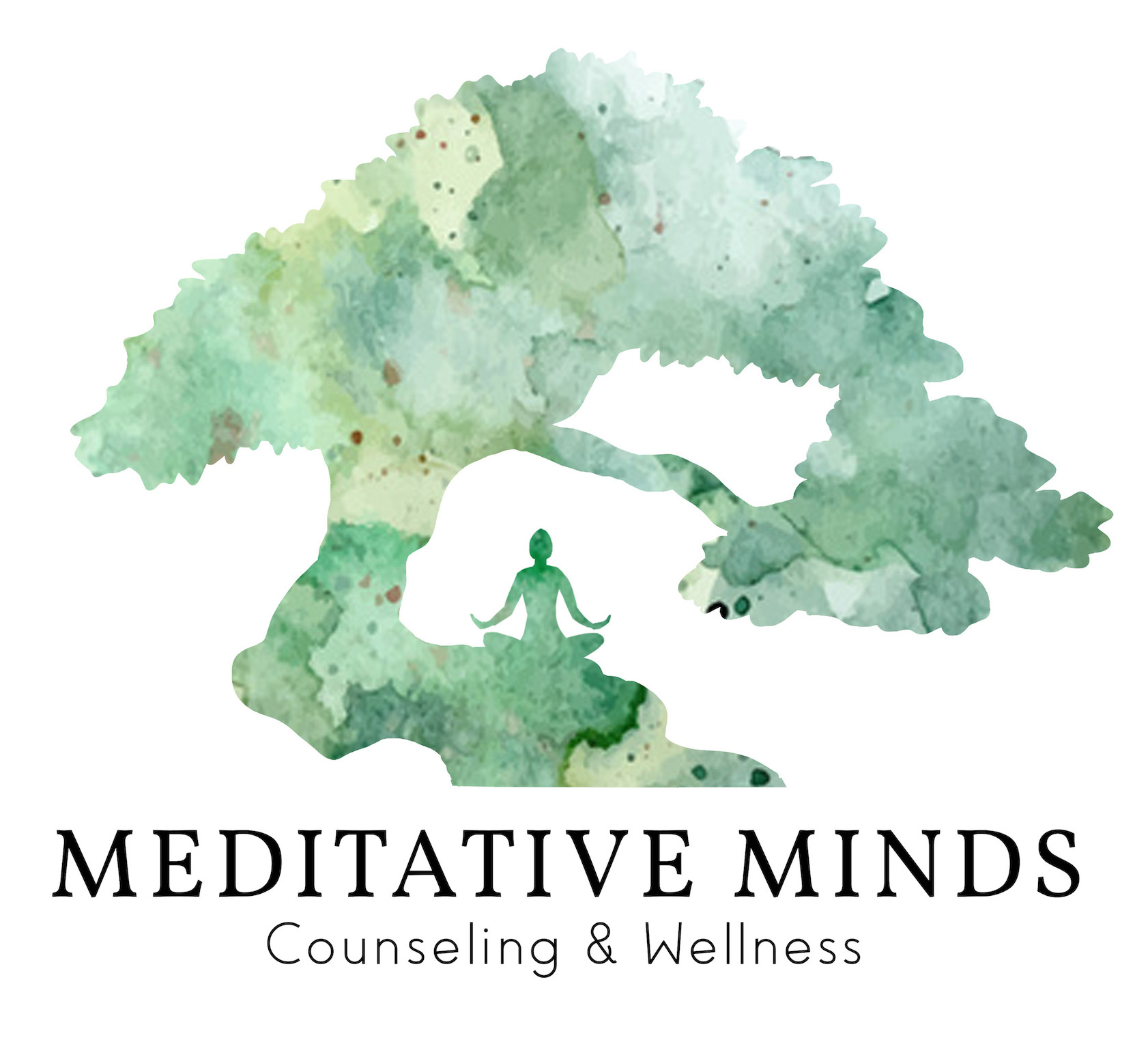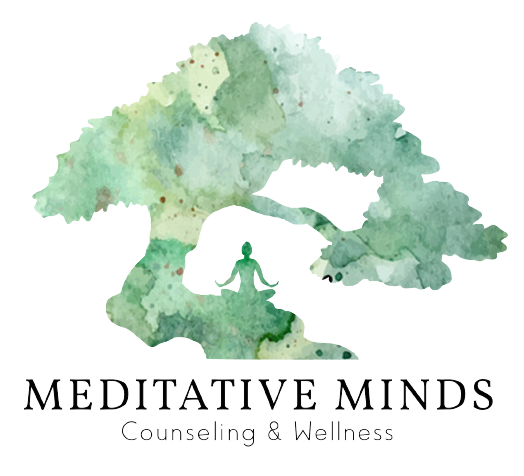Eye Movement Desensitization and Reprocessing (EMDR) stands out as a highly effective and widely utilized method in addressing the aftermath of trauma. Complementing this therapeutic technique is the ancient practice of yoga, known for its holistic approach to well-being.
This blog explores the symbiotic relationship between yoga and EMDR, unraveling the profound impact this pairing can have on trauma recovery.
Understanding EMDR
Developed by Francine Shapiro in the late 1980s, EMDR is a psychotherapy approach designed to help individuals process distressing memories by engaging in bilateral stimulation. This can involve the therapist guiding the patient through side-to-side eye movements, taps, or auditory stimuli while the client revisits traumatic experiences.
EMDR aims to facilitate the brain’s natural healing processes, allowing individuals to reprocess traumatic memories, reduce emotional distress, and ultimately integrate these experiences into their lives more adaptively. While EMDR has proven successful for many, the integration of additional practices, such as yoga, can enhance its effectiveness and promote a more comprehensive healing experience.
The Holistic Nature of Yoga
Yoga, originating from ancient Indian traditions, encompasses physical postures, breathwork, meditation, and ethical principles aimed at fostering holistic well-being. The integration of mind, body, and spirit is central to the philosophy of yoga, making it a powerful adjunct to conventional therapeutic approaches.
-
Mind-Body Connection
The mind-body connection is a fundamental aspect of both yoga and trauma recovery. Yoga encourages individuals to cultivate awareness of their bodies and connect with the present moment through breath and movement. This heightened somatic awareness aligns with the principles of EMDR, which acknowledges the profound impact of trauma on both cognitive and physical aspects of an individual.
By incorporating yoga into trauma healing, individuals can enhance their ability to connect with and regulate their bodies. This, in turn, can contribute to a more effective and integrated EMDR experience, as heightened somatic awareness enables a deeper exploration of the emotional and physiological aspects of trauma.
-
Regulation of the Nervous System
Trauma often dysregulates the nervous system, leading to heightened states of arousal or persistent states of hypoarousal. Yoga, with its emphasis on breathwork and mindful movement, offers tools to regulate the autonomic nervous system. Practices such as pranayama (breath control) and asanas (physical postures) can help individuals modulate their arousal levels, creating a foundation for the EMDR process.
When the nervous system is better regulated through yoga practices, clients may experience increased tolerance for the emotional intensity that can arise during EMDR sessions. This enhanced regulation can facilitate a more balanced and manageable exploration of traumatic memories.
-
Cultivation of Mindfulness
Mindfulness is a core component of both yoga and EMDR. The practice of mindfulness involves maintaining a non-judgmental awareness of one’s thoughts, feelings, and sensations in the present moment. Yoga encourages mindfulness through various techniques, including meditation and conscious breathing.
Integrating mindfulness from yoga into EMDR can deepen the therapeutic experience by promoting a focused and non-reactive presence. This heightened mindfulness can enhance the client’s ability to observe and process traumatic memories without becoming overwhelmed by the associated emotions. It serves as a valuable skill to navigate the challenging terrain of trauma healing.
Yoga as a Preparation for EMDR
Engaging in yoga before EMDR sessions can be particularly beneficial as a preparation phase. This preliminary practice helps individuals establish a sense of safety, build resilience, and cultivate the necessary skills to navigate the emotional terrain that EMDR may uncover.
-
Creating a Safe Space
Trauma often disrupts one’s sense of safety and security. Yoga, with its emphasis on creating a safe and supportive environment, can be instrumental in establishing a foundation for EMDR work. By incorporating gentle yoga practices, individuals can develop a sense of grounding and stability, creating a container for the challenging emotions that may arise during EMDR sessions.
-
Building Resilience
The physical and mental challenges presented in yoga foster resilience – the capacity to bounce back from adversity. As trauma healing requires resilience, integrating yoga into the therapeutic process can empower individuals to face and navigate their traumatic experiences with greater strength and fortitude.
-
Skill Development
Yoga equips individuals with a toolkit of coping mechanisms that can be invaluable during EMDR sessions. Breath control, mindfulness, and self-awareness are all skills cultivated through regular yoga practice. These skills become valuable resources that clients can draw upon when faced with the emotional intensity of EMDR processing.
Enhancing EMDR Through Yoga Practices
While yoga serves as a preparatory phase for EMDR, its integration into the actual processing phase can amplify the therapeutic benefits. The combination of these two modalities provides a comprehensive approach to trauma recovery, addressing not only cognitive aspects but also the profound impact trauma has on the body and spirit.
-
Bridging the Mind-Body Gap
Trauma often results in a disconnection between the mind and body. EMDR primarily focuses on cognitive processing, but the integration of yoga bridges this gap by incorporating somatic elements. Yoga postures and movement can be incorporated into EMDR sessions to allow individuals to physically express and release the stored tension associated with traumatic memories.
-
Facilitating Emotional Release
Yoga encourages the release of emotions stored in the body’s cellular memory. Integrating yogic practices, such as dynamic movements and restorative postures, into EMDR sessions can provide a safe space for clients to express and release pent-up emotions associated with trauma. This integration allows for a more holistic and cathartic processing of traumatic memories.
-
Fostering Self-Compassion
Trauma often leaves individuals with a sense of shame, guilt, or self-blame. Yoga’s emphasis on self-compassion and non-judgmental awareness can be woven into EMDR sessions, creating a compassionate container for clients to explore and reprocess traumatic memories without succumbing to self-criticism.
Conclusion
The integration of yoga into EMDR for trauma healing represents a synergistic approach that addresses the complex interplay of mind, body, and spirit. By combining the cognitive processing of EMDR with the somatic awareness and mindfulness cultivated through yoga, individuals can embark on a comprehensive journey towards healing.
As therapists and clients alike recognize the symbiotic relationship between these modalities, the landscape of trauma recovery continues to evolve. Embracing the holistic nature of yoga alongside evidence-based approaches like EMDR signifies a paradigm shift towards more integrative and empowering methods for addressing the profound impacts of trauma on the human experience.


